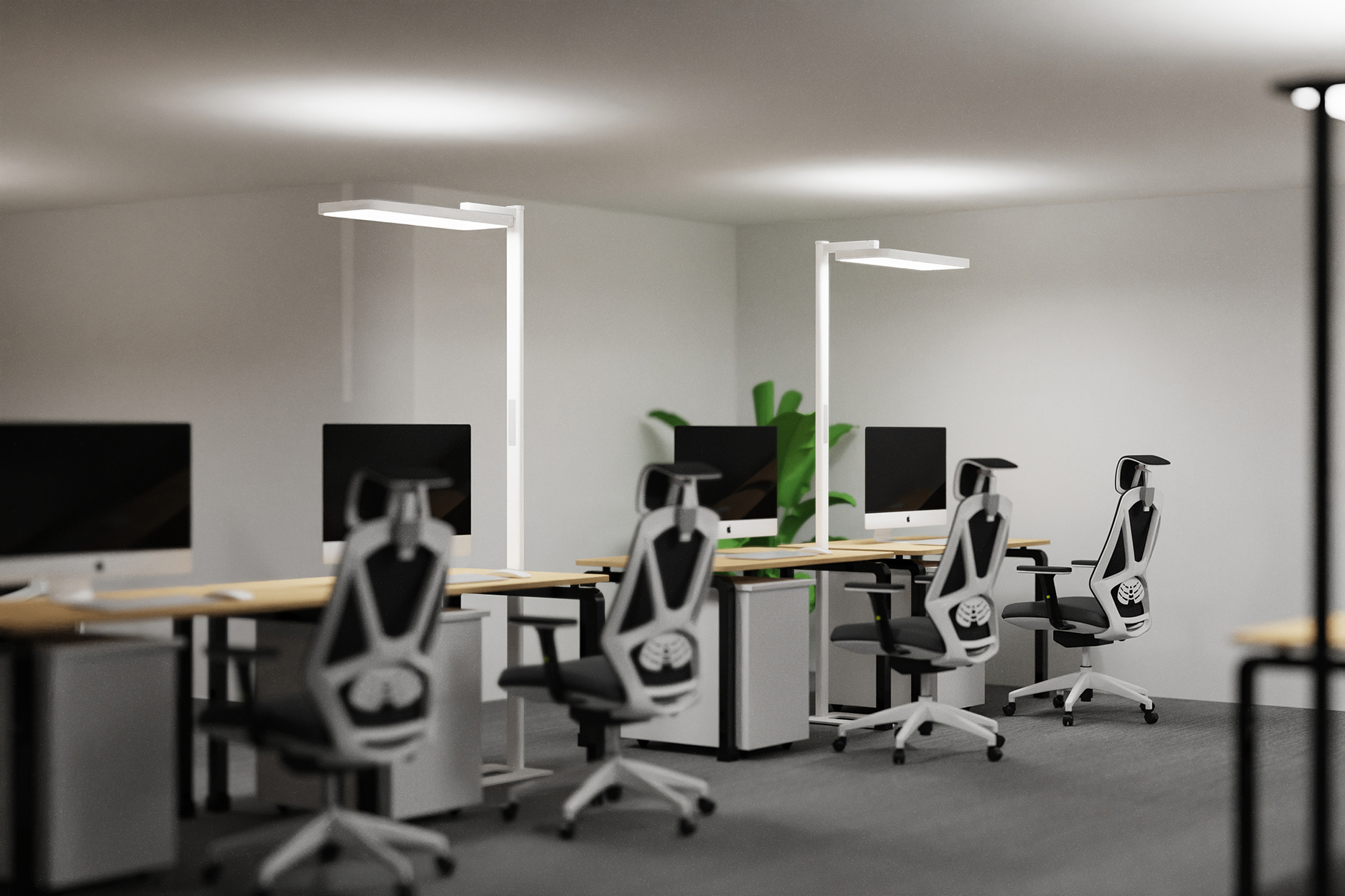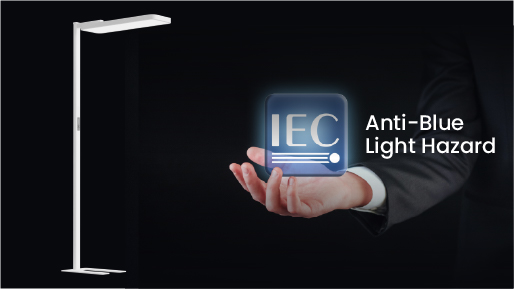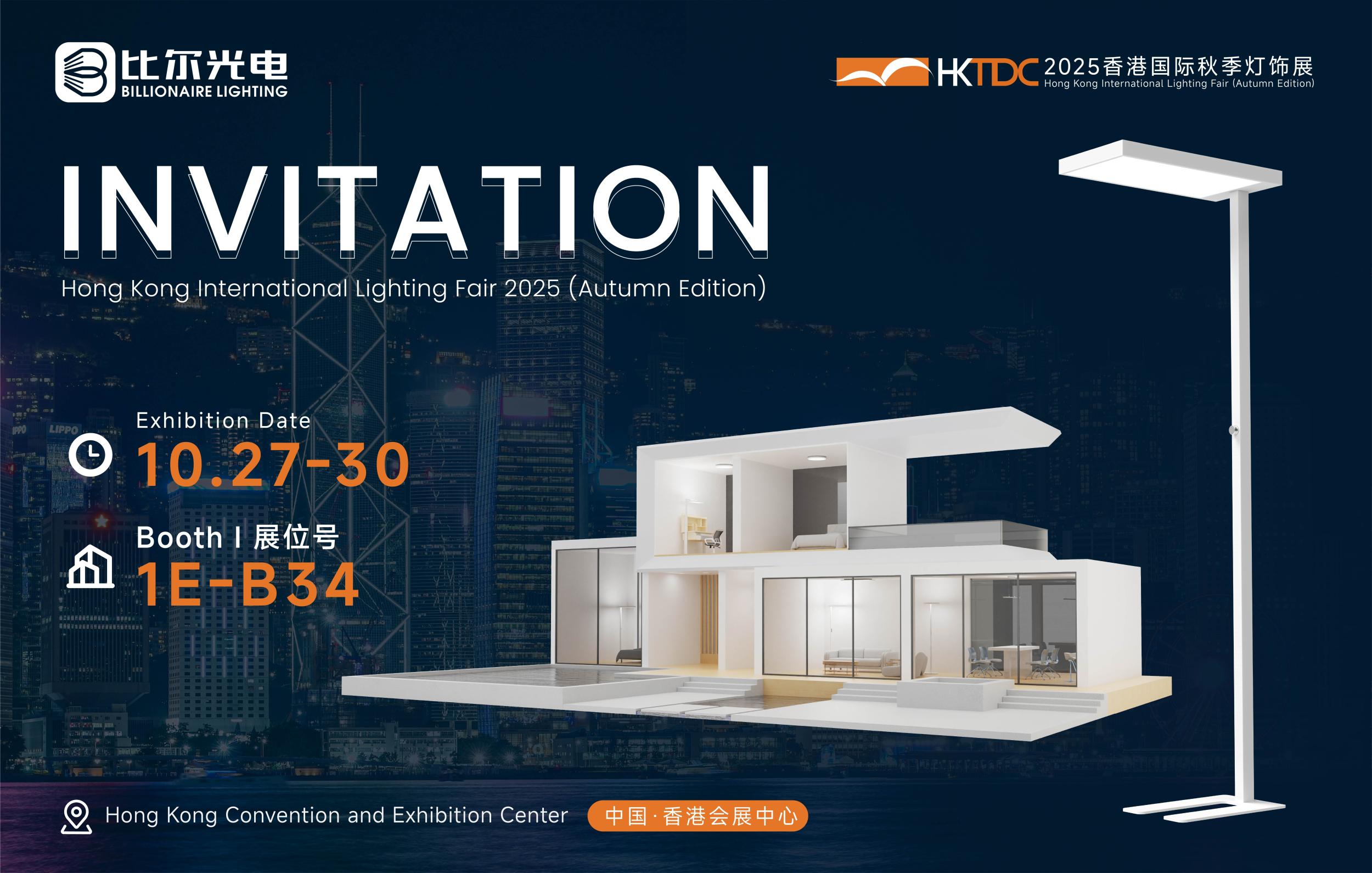Free Standing Floor Light
I. Introduction
Free standing floor lights are an essential element in interior design, offering both illumination and a decorative touch to any room. These versatile lighting fixtures have evolved over the years to meet the diverse needs of homeowners, interior designers, and architects. Whether used for ambient lighting, task lighting, or as a focal point in a space, free standing floor lights play a crucial role in creating a well - lit and inviting environment.
II. Design and Styles
1. Traditional Styles
Traditional free standing floor lights often feature classic elements such as ornate bases, fabric shades, and elegant finials. For example, a floor light with a brass or bronze base, a fluted column, and a pleated fabric shade exudes a sense of timeless elegance. These lights are typically designed to blend with traditional interior styles, such as Victorian, Georgian, or Colonial.
The materials used in traditional floor lights are carefully chosen for their durability and aesthetic appeal. Wood is sometimes incorporated into the base or stem for a warm and natural look. The fabric shades can range from neutral colors like beige or ivory to more luxurious materials like silk or velvet, which can add a touch of opulence to the overall design.
2. Modern and Contemporary Styles
Modern and contemporary free standing floor lights are characterized by their sleek lines, minimalist design, and use of innovative materials. These lights often feature metal bases, usually in materials like stainless steel, aluminum, or chrome, which give them a clean and industrial look.
The shades can be made of materials such as glass, acrylic, or even perforated metal. For instance, a floor light with a clear glass shade and a chrome base can create a bright and airy feel in a modern living room. Some contemporary floor lights also incorporate LED technology directly into the design, allowing for unique lighting effects and energy - efficient operation.
3. Mid - Century Modern Styles
Mid - century modern free standing floor lights are inspired by the design trends of the 1950s and 1960s. They are known for their organic shapes, tapered legs, and geometric patterns. The bases of these lights may be made of wood with a warm finish, often in teak or walnut, combined with a conical or spherical shade.
These lights are popular for their ability to add a retro - chic vibe to a space. They are often used in living rooms or bedrooms to create a cozy and stylish atmosphere. For example, a mid - century modern floor light with a tripod base and a linen - covered shade can be a statement piece in a minimalist interior.
III. Components and Construction
1. Base
The base of a free standing floor light is crucial for stability. In traditional lights, as mentioned, it can be made of heavy materials like brass or bronze. Modern bases are often designed with a wider footprint or counterweights to ensure the light stands upright without tipping over.
Some bases are adjustable, allowing the user to change the angle or height of the light slightly. This can be useful for directing the light precisely where it is needed, such as for reading or highlighting a specific area in a room.
2. Stem or Column
The stem or column connects the base to the shade. It can be straight, curved, or have a unique shape depending on the design style. In some floor lights, the stem may be adjustable in height, providing flexibility in terms of lighting placement.
Materials for the stem can vary widely. Metal stems are common in modern lights for their strength and sleek appearance. In traditional lights, a wooden or a combination of metal and wood stem may be used to add a touch of warmth and texture.
3. Shade
The shade is an important component as it diffuses the light, creating a soft and pleasant glow. Fabric shades are popular for their ability to create a warm and inviting light. They can be simple drum - shaped or more elaborate with pleats or ruffles.
Glass shades, on the other hand, can provide a more direct and brighter light. Frosted or tinted glass shades are often used to add a decorative element while still diffusing the light. Acrylic shades are a more modern alternative, offering durability and the ability to be molded into various shapes.
IV. Lighting Technology
1. Incandescent Bulbs
Incandescent bulbs have been used in free standing floor lights for a long time. They produce a warm, yellow - white light that is often associated with a cozy and inviting atmosphere. However, they are not very energy - efficient, as a large portion of the energy they consume is converted into heat rather than light.
Incandescent bulbs have a relatively short lifespan compared to other lighting technologies. Despite these drawbacks, some people still prefer them for their soft, natural - looking light, especially in traditional - style floor lights.
2. Compact Fluorescent Lamps (CFLs)
CFLs are a more energy - efficient alternative to incandescent bulbs. They use less electricity to produce the same amount of light. CFLs have a longer lifespan, which can reduce the frequency of bulb replacement.
However, they have some disadvantages. They take a few seconds to reach full brightness, and the light they produce may not be as warm or pleasant - looking as incandescent light. Also, CFLs contain a small amount of mercury, which requires proper disposal.
3. Light - Emitting Diodes (LEDs)
LEDs are becoming the most popular choice for free standing floor lights. They are extremely energy - efficient, consuming only a fraction of the energy of incandescent bulbs for the same light output. LEDs have a very long lifespan, often lasting tens of thousands of hours.
They also offer a wide range of color temperatures, from cool white to warm white, allowing users to choose the type of light that best suits their needs. LEDs can be integrated into the floor light in various ways, such as in a linear arrangement along the stem or in a cluster within the shade.
V. Functions and Applications
1. Ambient Lighting
One of the main functions of free standing floor lights is to provide ambient lighting. They can fill a room with a soft, diffused light, creating a relaxing and comfortable atmosphere. In a living room, a floor light placed in a corner can cast a warm glow across the entire space, making it inviting for socializing or unwinding after a long day.
In a bedroom, a floor light with a fabric shade can provide a gentle light for getting ready for bed or for creating a cozy mood at night. The ambient light from a floor light can also enhance the overall aesthetic of a room, highlighting architectural features or decorative elements.
2. Task Lighting
Free standing floor lights can also be used for task lighting. For example, a floor light with an adjustable arm or shade can be placed next to a reading chair, providing focused light for reading. In an office or study area, a floor light can be used to supplement desk lighting, reducing eye strain and improving productivity.
Some floor lights are designed with a magnifying glass attached, which is especially useful for tasks that require close inspection, such as sewing or reading small print.
3. Decorative and Focal Point
These lights can serve as a decorative element or a focal point in a room. A unique - looking free standing floor light, such as one with an artistic shade or an unusual base design, can draw the eye and become a conversation piece.
In a minimalist or modern interior, a floor light with a bold design can add a touch of personality and style. It can be used to break up the monotony of a large space or to emphasize a particular area, such as a seating nook or a display area.
VI. Placement and Considerations
1. Room Layout
When placing a free standing floor light, the room layout needs to be considered. In a living room, it is often placed near a sofa or a seating area to provide light for relaxation and conversation. In a bedroom, it can be placed beside the bed or in a corner, depending on the desired lighting effect.
In a large open - plan space, multiple floor lights may be used to create different zones of light. For example, one floor light can be placed near a dining area, another near a lounge area, and a third near a reading nook.
2. Height and Angle
The height and angle of the floor light are important for achieving the desired lighting effect. For ambient lighting, the light should be at a height that allows the light to spread evenly across the room. For task lighting, the height and angle should be adjusted so that the light is focused on the task area without causing glare.
Some floor lights come with adjustable features to make it easier to find the perfect height and angle. However, if the light is not adjustable, careful consideration should be given to its placement to ensure optimal lighting.
3. Compatibility with Decor
The free standing floor light should be compatible with the overall decor of the room. In a traditional - style room, a floor light with a classic design will blend in better. In a modern or contemporary room, a sleek and minimalist floor light will be more appropriate.
The color of the base, stem, and shade should also match or complement the color scheme of the room. For example, a black - and - white themed room may benefit from a floor light with a chrome base and a white shade.
VII. Maintenance and Care
1. Cleaning
Regular cleaning is important to keep the free standing floor light looking its best. For fabric shades, gentle vacuuming or dusting with a soft brush can remove dust and debris. If the shade is removable, it can be washed according to the fabric's care instructions.
For glass or acrylic shades, a damp cloth can be used to wipe away fingerprints and dirt. The base and stem can be wiped with a dry or slightly damp cloth to remove dust. In the case of metal bases, a metal cleaner can be used to keep them shiny and free of tarnish.
2. Bulb Replacement
When replacing bulbs in a free standing floor light, it is important to use the correct type of bulb. For incandescent bulbs, make sure to choose the appropriate wattage and base type. For CFLs and LEDs, check the compatibility with the light fixture.
In some floor lights, bulb replacement may require removing the shade or accessing a compartment at the top of the stem. It is important to follow the manufacturer's instructions to avoid damaging the light.
3. Inspection for Damage
Periodically, the floor light should be inspected for any damage. Check the base for stability, the stem for any cracks or bends, and the shade for any tears or holes. If any damage is found, it should be repaired or the component replaced as soon as possible to ensure safe and proper operation.
VIII. Future Trends
1. Smart Technology Integration
In the future, free standing floor lights are expected to be more integrated with smart technology. This could include features such as remote control via smartphone apps, allowing users to adjust the brightness, color temperature, and even the lighting pattern from anywhere in the room or even outside the home.
Smart floor lights could also be integrated with home automation systems, such as being able to turn on or off automatically based on occupancy or time of day. For example, the light could turn on when someone enters the room and turn off when the room is empty for a certain period.
2. Sustainable Design and Materials
There will be a growing trend towards sustainable design in free standing floor lights. This may include the use of recycled or renewable materials for the base, stem, and shade. For example, bamboo could be used as a sustainable alternative to wood in the base, and recycled glass or fabric made from recycled fibers could be used for the shade.
Manufacturers may also focus on reducing the environmental impact of the lighting technology itself. LEDs are already energy - efficient, but future developments may lead to even more efficient LEDs with longer lifespans and lower manufacturing emissions.
3. Customization and Personalization
Consumers are likely to demand more customization and personalization in free standing floor lights. This could include the ability to choose different base and shade combinations, or even having the option to design a unique shade pattern or color.
Some manufacturers may offer 3D - printed components for floor lights, allowing for truly one - of - a - kind designs. This trend towards customization will enable homeowners to create floor lights that are not only functional but also a reflection of their personal style.
In conclusion, free standing floor lights are a versatile and important part of interior lighting. With a wide range of designs, lighting technologies, and functions, they offer numerous possibilities for creating a well - lit and aesthetically pleasing living space. As technology and design trends continue to evolve, these lights will likely become even more innovative, energy - efficient, and personalized in the future.



